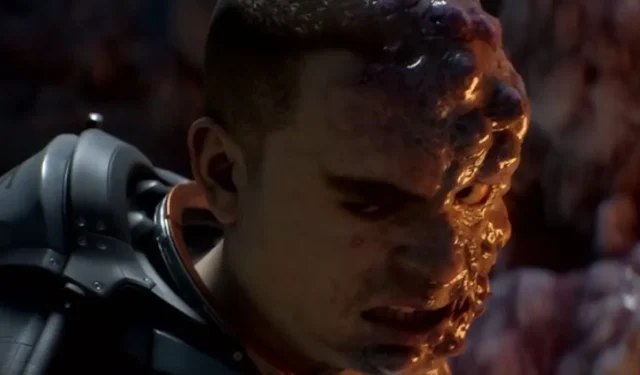
The upcoming title from Supermassive Games, The Dark Pictures Anthology: Directive 8020, marks a significant departure from the established formula of this acclaimed horror series. Unlike its predecessors, which delve into the chilling consequences of past transgressions, this new installment ventures into the realm of science fiction set against the vast backdrop of outer space. Many fans are concerned that this shift could undermine the core identity of the franchise, potentially alienating its dedicated audience. The presence of The Curator, a narrative device established in previous games, may feel out of place when contrasted with futuristic themes.
The previous season of The Dark Pictures concluded on a positive note with The Devil In Me, which showcased thrilling scares, well-crafted character arcs, and engaging storytelling that resonated with fans of the horror genre. The concept of an anthology video game series was innovative, and Supermassive has navigated this project with great skill. Actor Pip Torrens, who takes on the role of The Curator, serves as a bridge between various narratives, combining elements reminiscent of Rod Serling’s reflective style from The Twilight Zone and the morbid humor of The Crypt Keeper from Tales from the Crypt. However, the transition to sci-fi horror in Directive 8020 raises concerns that it might dismantle the groundwork previously laid by the series.
The Dark Pictures Anthology’s Established Tone
Shared Themes and Consistent Vibe Among the First Four Games
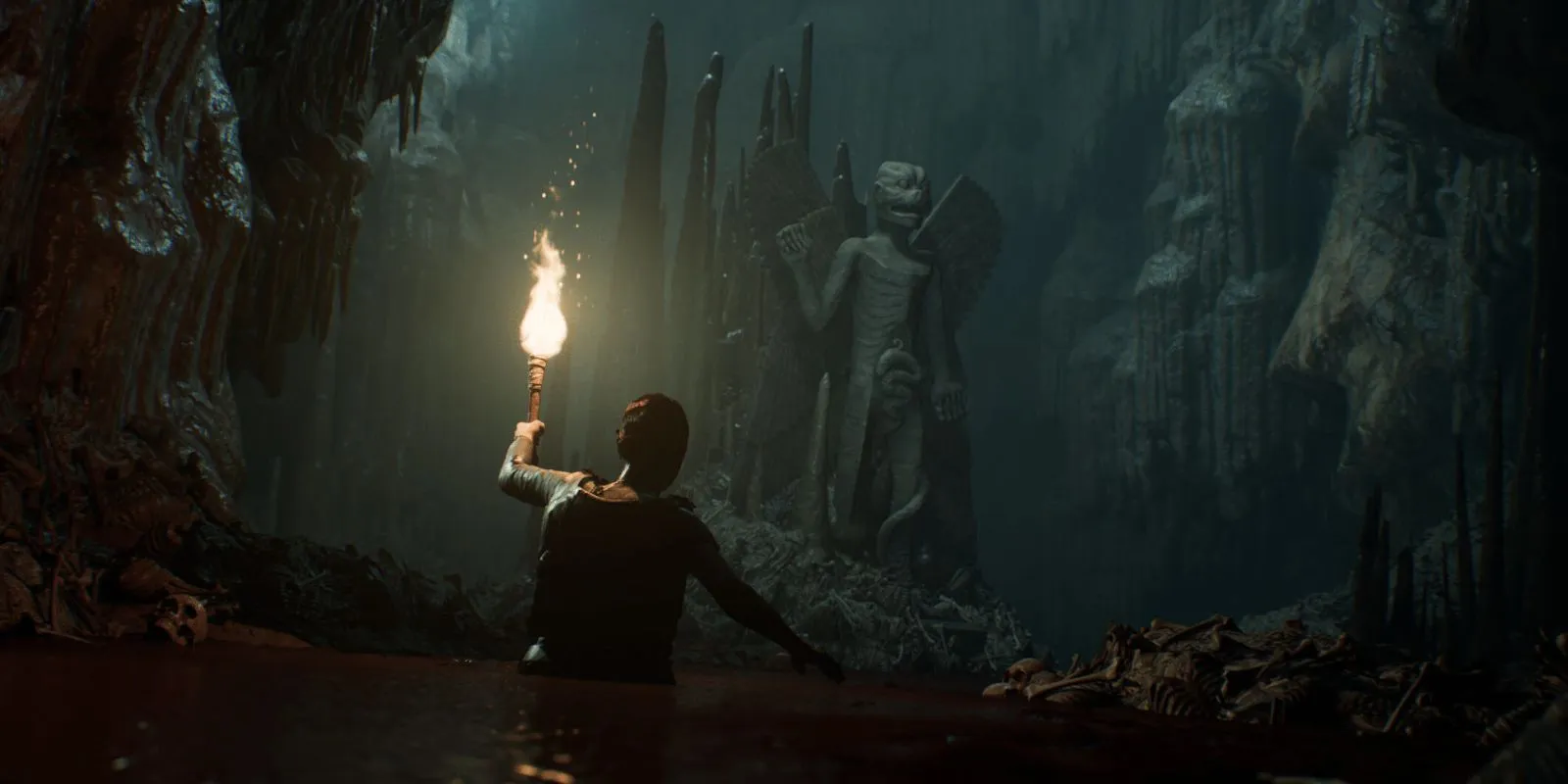
Upon the announcement of a sci-fi direction for the next installment, many fans expressed trepidation—not the thrilling kind that the series is known for. Successfully executing the anthology format presents unique challenges. Stories within an anthology rely on being self-contained while still feeling interconnected, which requires more than merely having a shared narrator to unify the narratives. Iconic series like The Twilight Zone effectively combined various plotlines but maintained a consistent tone throughout their episodes, regardless of individual storylines.
Despite varying opinions about the individual titles in The Dark Pictures Anthology, a consistent tone and thematic foundation unite all four games. There is a marked difference between the cryptic messaging in The Twilight Zone—which often tackles social justice and contemporary issues—and the dark comedy found in Tales From The Crypt. Supermassive has adeptly distinguished The Dark Pictures from its other offerings, such as Until Dawn and The Quarry—a feat that goes beyond mere game length or the inclusion of The Curator.
Each entry in Season One follows a similar storytelling structure, where past mistakes lead to present horrors. Characters often find themselves embroiled in circumstances that echo historical tragedies, leading to dire outcomes. For instance, The Devil In Me took an extreme approach by featuring a villain inspired by the infamous H.H. Holmes, bringing a real-world historical figure into the narrative. All of the Dark Pictures games have managed to maintain their unique horror identity, contributing to their overall success.
The Perils of Sci-Fi in Horror Franchises
The Dangers of Transitioning Horror to Space
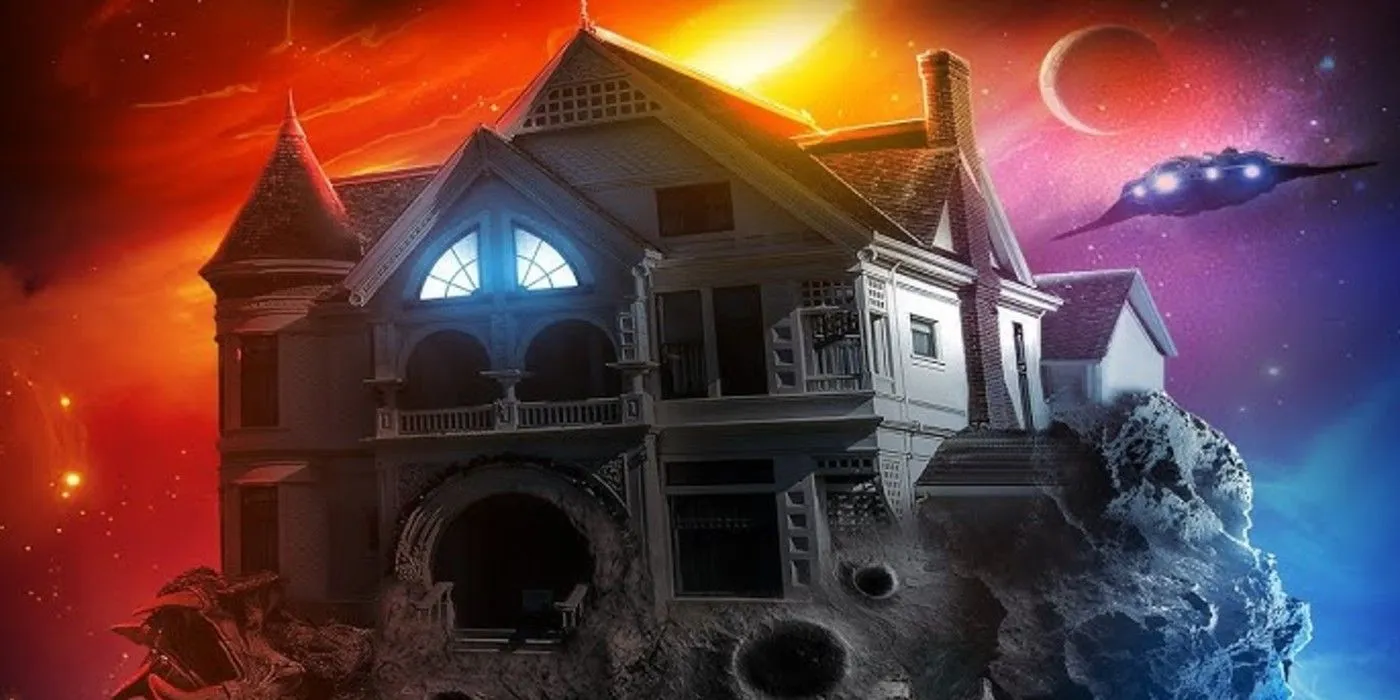
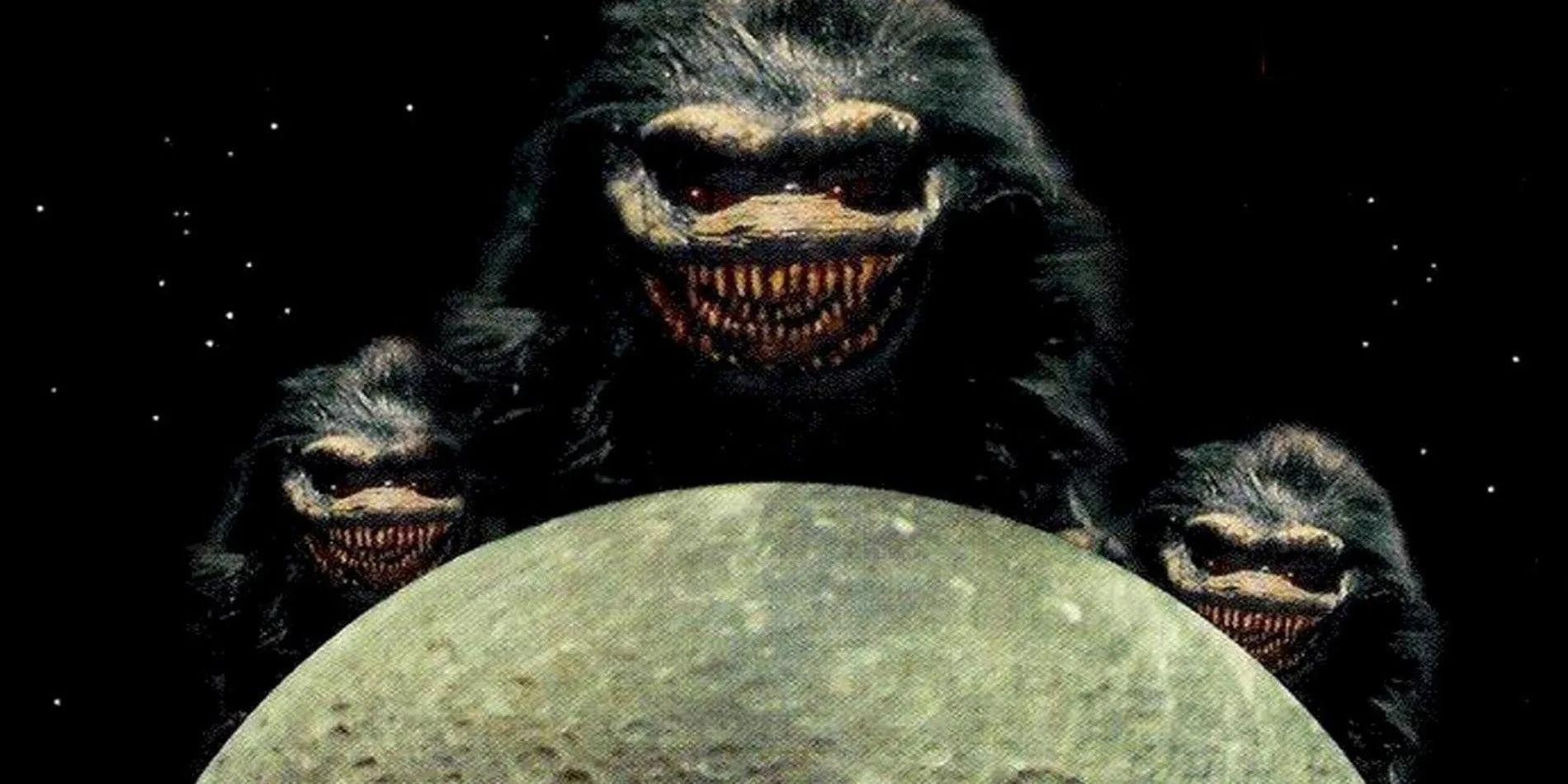
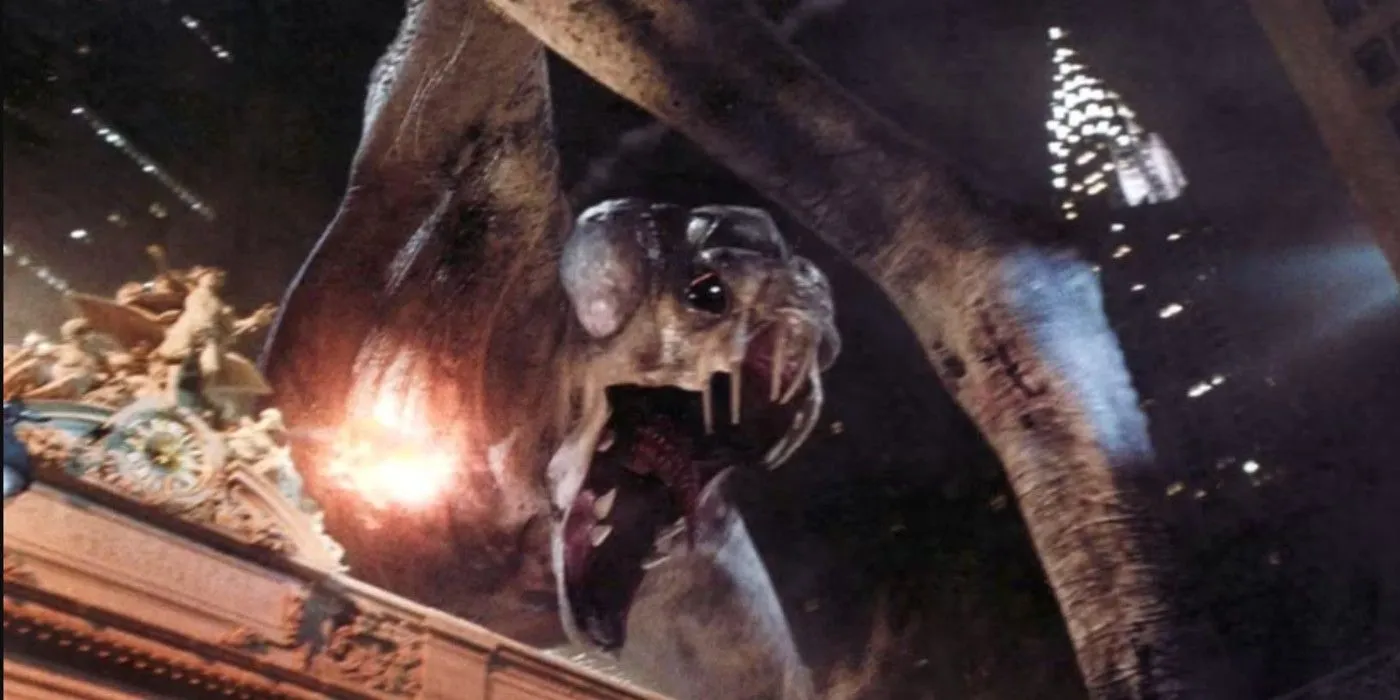
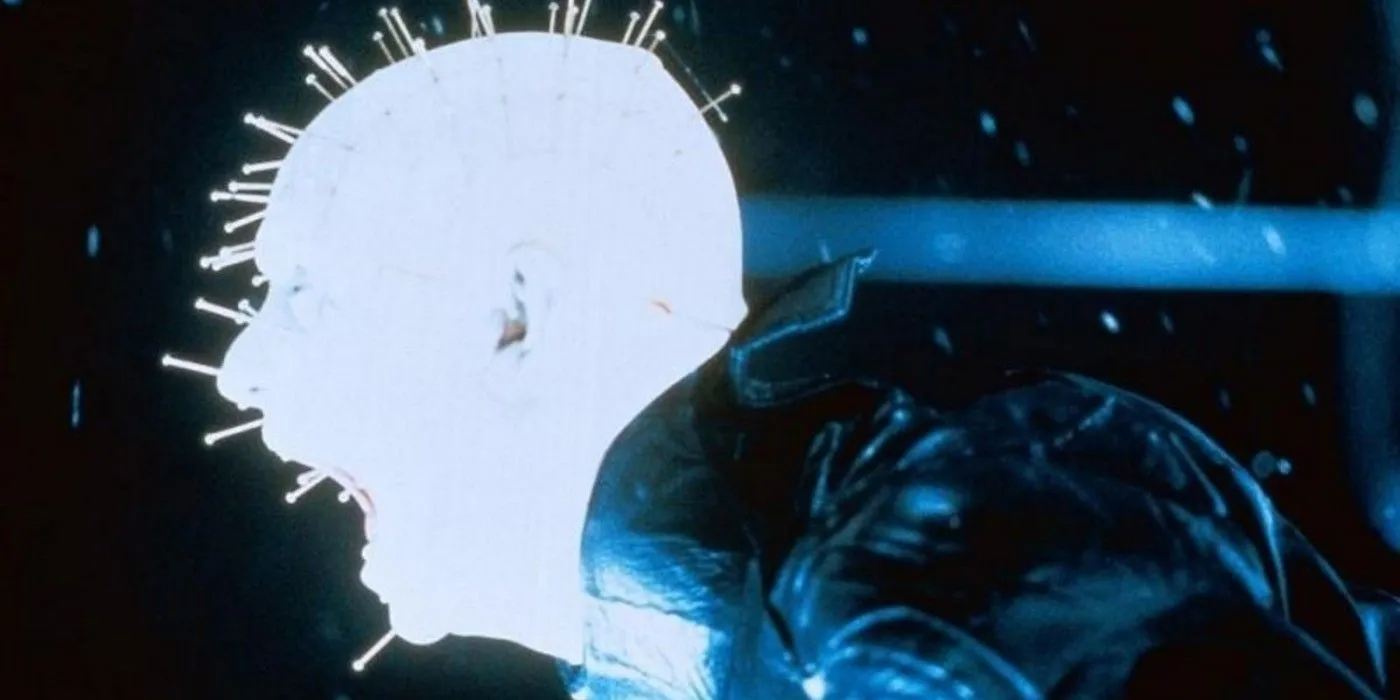
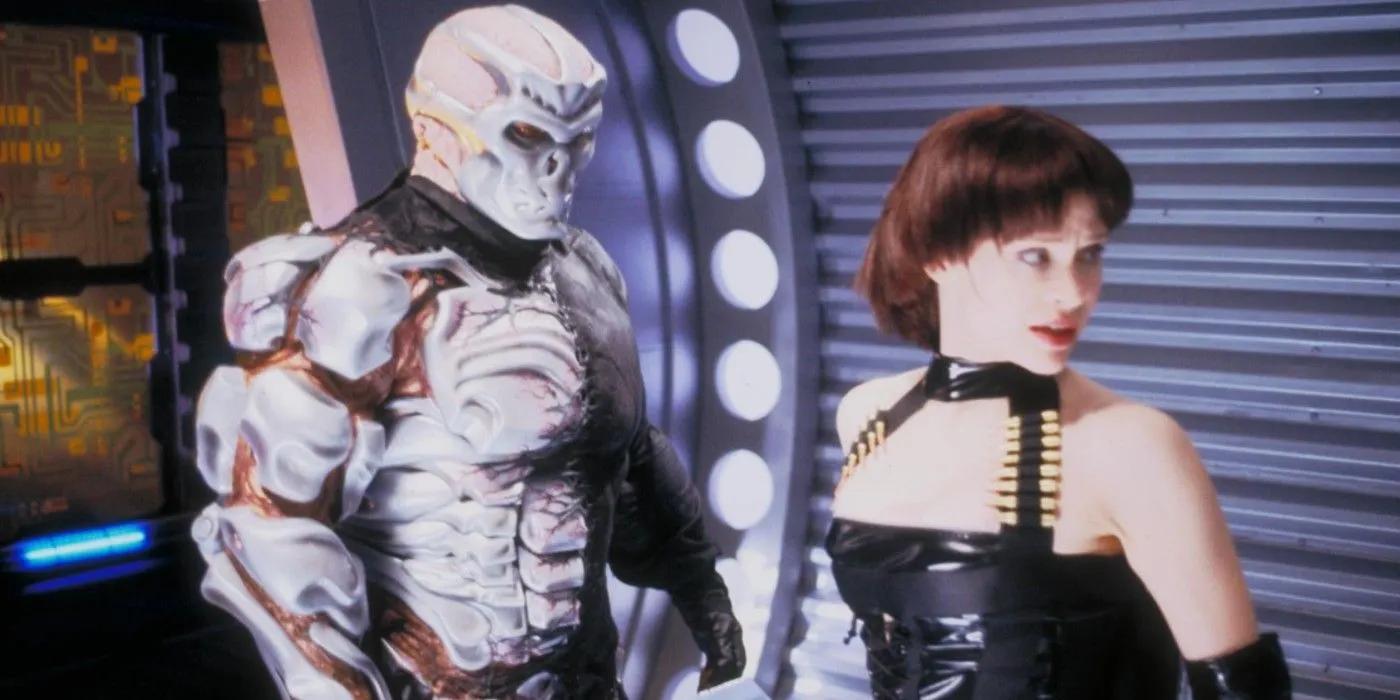
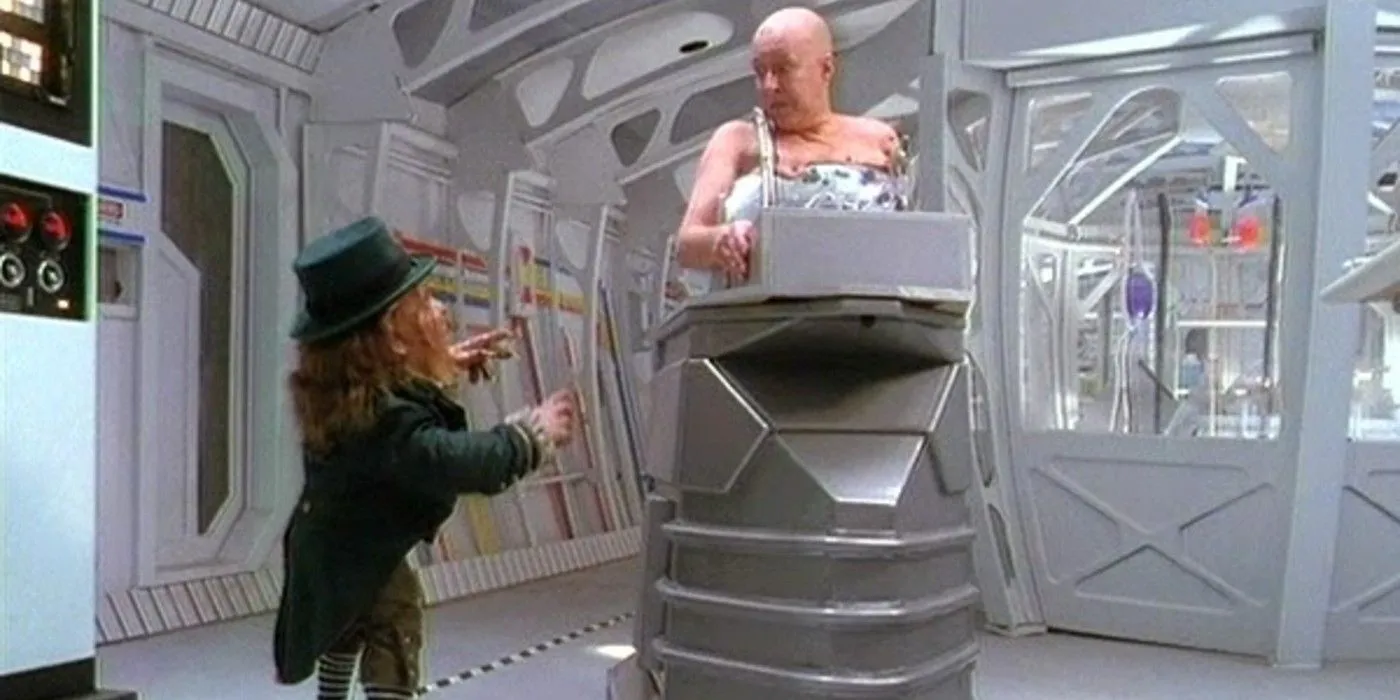
Franchises that choose to break away from their established themes run a substantial risk of disappointing fans. The transition of horror series from contemporary settings to the cosmos has often been seen as a desperate attempt to rejuvenate interest. Notable horror franchises, such as Friday the 13th and Leprechaun, exemplify this trend with films like Jason X and Leprechaun 4: In Space, which are often criticized as gimmicky and lacking creativity.
The incorporation of Directive 8020 into the framework of The Dark Pictures anthology could be perceived as more of a corporate decision than a creative one. While it’s conceivable that the themes and essence of horror could adapt to a futuristic storyline, the narrative framing employed by Pip Torrens as The Curator appears almost jarring within a sci-fi context. Reflecting on the sins of the past that resonate in modern-day narratives has been a stronghold of the anthology; however, envisioning this connection within a deep-space horror setting presents significant challenges. The Dark Pictures series began with a powerful launch through Man of Medan, and now faces the possibility that Directive 8020 might disrupt the thematic cohesion established in previous titles.
Directive 8020 as a Stand-Alone Experience
Corporate Pressures Instead of Creative Choices
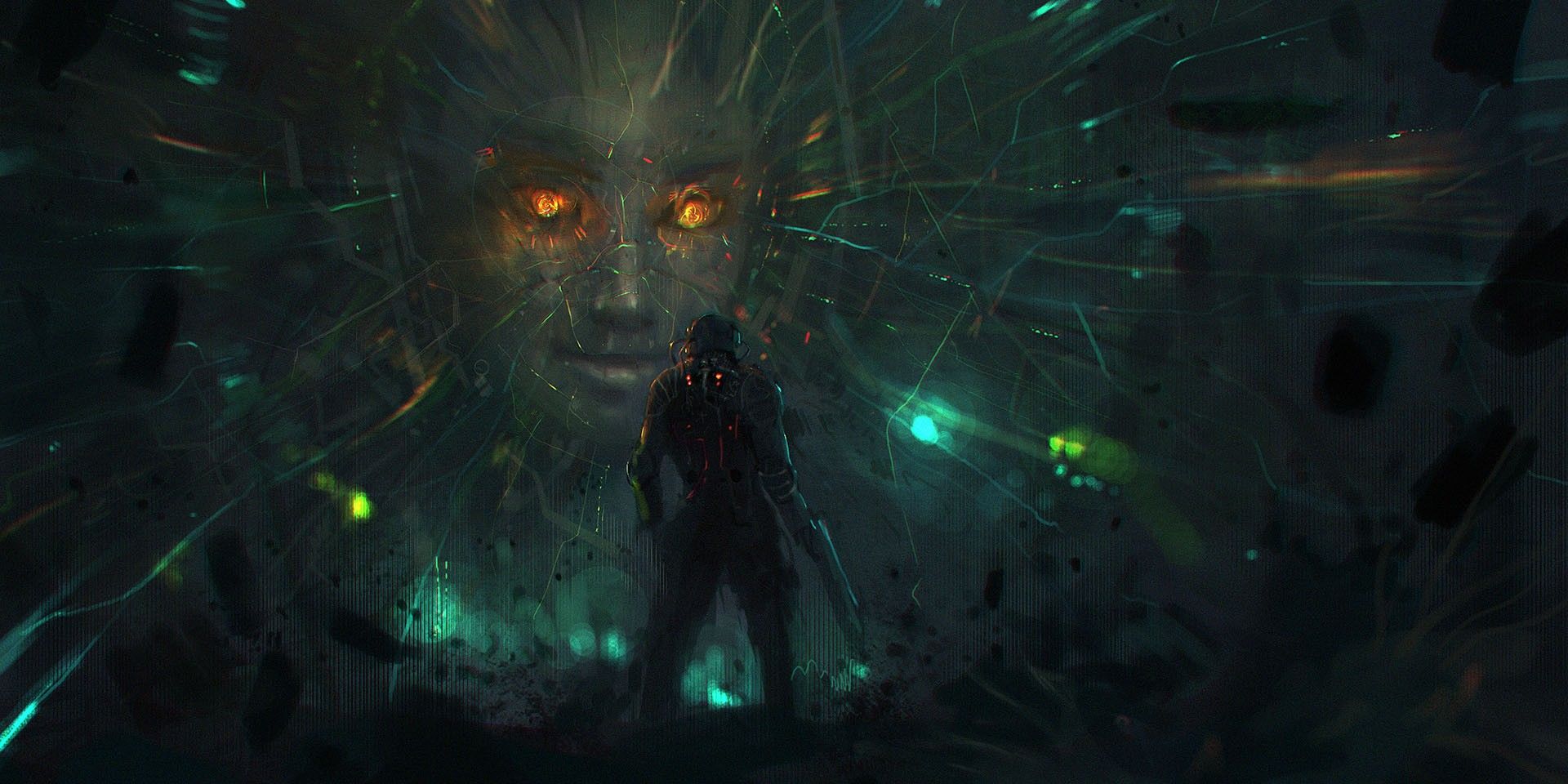
Video game enthusiasts have a long-standing affinity for sci-fi horror, as evidenced by classics like System Shock, Doom, and more contemporary hits such as Alien: Isolation, The Callisto Protocol, and the impressive remake of Dead Space. Notably, much of this success comes from original properties rather than sequels or adaptations within existing franchises. Although Supermassive has produced a mix of titles, optimism remains about the quality of Directive 8020. However, a critical question arises: why does this game need to be part of The Dark Pictures series instead of standing alone, like Until Dawn and The Quarry?
The video game industry often pursues sequels and recognizes their commercial potential, yet horror fans typically evaluate the quality of titles based on their individual merits rather than branding recognition. The choice to incorporate Directive 8020 into The Dark Pictures series carries the impression of a corporate directive, aimed at leveraging an established name to boost sales. Unfortunately, this mandate may jeopardize the carefully cultivated tone and thematic depth the franchise has developed over time.
Source: Supermassive Games/YouTube




Leave a Reply ▼